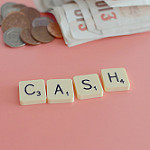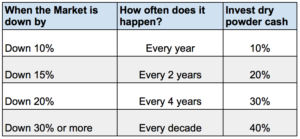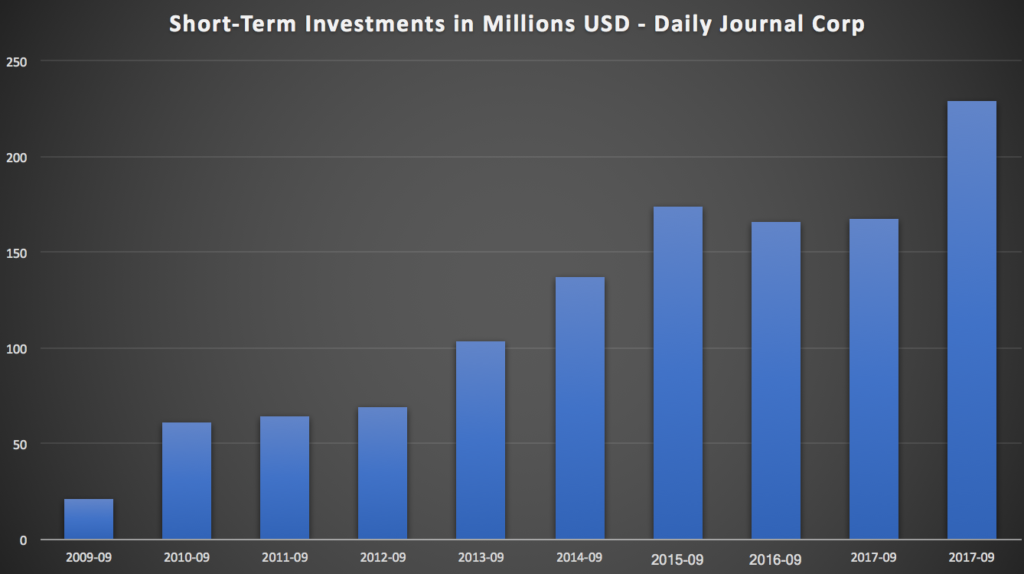
Long-term investors face inevitable bear markets. Stocks may go down 20%, 30%, or occasionally even 40% – 50% before recovering. Bear markets last from six months to two years but it takes longer for stocks to recover to their previous peak prices.
As an investor, I have gone through two severe bear markets in 2000 and 2008. In the 2000 bear market, stocks kept their downward slide for two years before turning around. In 2008, stocks took a much sharper plunge that lasted about six months and then started recovering.
Is there a way to prepare your portfolio for the inevitable downturn? I believe so. Over the years, I have used two strategies:
- Invest in installments: If you are saving from your monthly earnings, all you have to do is to continue investing those savings into your stock investments like before. You will see your new money buying up more shares. It might not feel like winning early on but when the market eventually improves, your results will improve even faster. I did it for 20 years in my 401(K) account. And even though the U.S. stock market suffered two major declines during that time period, my portfolio did just fine. You can see the details here.
- Keep dry powder: This is an alternative to installment investing. I follow this strategy today because I am no longer a net saver. That is, I am not adding new money to my portfolio every year. Instead, I keep a portion of my portfolio in cash – ready to deploy when stocks get cheaper. More on this below.
Dry Powder: I usually advice people against keeping lot of cash in their portfolios. Cash by itself could never be the vehicle for wealth generation. In this context, however, we are only talking about a small portion of the overall portfolio. Exactly how small? It depends on your portfolio size and your investment goals.
In my portfolio, I keep about 10% cash as dry powder. This cash is separate from my rainy-day fund where I keep two years’ worth of living expenses. This dry powder is for the express purpose of opportunistic investing whenever stocks become cheaper. I made myself a simple rulebook to manage when and how much I am allowed to invest from this cash:

If the market goes down by 10% from its peak, I would invest 10% of my dry powder cash. If it drops further to 15% and then 20%, I’d invest another 20% and then 30%. If the market continues dropping, I would end up investing all of my dry powder.
The stock market is volatile. It never goes up (or down) in a straight line. See my previous post on how often the market declines. I don’t expect the market to follow a regular pattern. It might not go down every year. It might go down multiple years in a row. I don’t know how it will behave in future. My rulebook is there to keep me disciplined and honest with my dry powder strategy. I don’t want to second guess my investing decisions during periods of market declines – when other investors are heading for the exits.
I followed this rulebook in January 2016 when the S&P 500 dropped by about 14%. The market has been kind to investors lately. We haven’t seen a 10% drop since then. But we know it will happen – sooner or later. I have since replenished my dry powder reserve – awaiting the next market correction.
At the onset of the Great Recession (late 2008), the company was sitting on a pile of cash ($20M in U.S. Treasuries). As stocks reached a generation low in 2009, the company, guided by its chairman, used its cash to buy stocks of public companies. Mr. Munger had recognized that the market was offering bargain basement prices – and took advantage of it. Since then, that original $20M investment had grown nearly 11 times in nine years – today it’s worth nearly $229M – as shown in the chart below. This is dry powder deployment at its best!

It is worth noting though that this dry powder strategy is easier said than done – especially if you are a new investor who hasn’t been through a bear market. Even most seasoned investors don’t fare too well during market declines. See this study on investor behavior, for instance. A far easier to follow approach is what I call investing in installments a.k.a. dollar-cost averaging. It requires less decision making and is less prone to judgment errors. See my previous post on Investing in Installments.
Hi emcee
I am attracted this idea of dry powder and the rules for its use
What I am not clear about is that if you are not now a saver, but rather drawing down on your investments, how does your dry powder get replenished
Do you have rules as to when you sell your part of your holdings to reinstate your dry powder
I suppose that you could sell once the market has risen a certain percentage from your entry price
I just wondered if you had formulated a plan for this
thanks
Nicholas
Hi Nicholas,
Yes I would sell some stocks to replenish my dry powder once the market recovers completely to its previous high. This is what ended up doing early this year (1Q18) when market dropped about 10%. When it recovered fully, I sold some mutual fund shares to gain back my dry powder. I wrote about it here: http://www.investingparexc.com/2018/04/16/quarterly-portfolio-update-march-2018/
Same thing in the 2016 drop. These were of course short-term hiccups. When stocks go down for an extended period, I fully expect to not able to replenish my dry powder for an year or longer.
If you think about it, the more volatility there is in the stock market, the better off is my portfolio. Kind of like making a portfolio “anti-fragile”. I will do a follow up post on this soon.
Thanks!
Thanks emcee
Yes that makes sense
I like the idea of using a mechanical % fall from the peak to decide when and how much to invest, rather than trying to “time the market” using technical indicators
and clearly the amount to keep as dry powder is a balance between opportunity cost/”safety” and being invested – ultimately a matter of personal choice.
As you say an increase in volatility will help returns from the dry powder strategy
thanks again
Nicholas
Recently, in the Covid rapid decline in the market (March), everytime the market went down 5% or more, I bought an S&P 500 fund. This happened several times before the market recovered. I bought at prices that I thought would be higher in the future; I didn’t buy at at specific price. After the S&P recovered and there was gain to be made, I sold and replenished my cash reserve and kept the rest in the S&P 500 fund. My only regret was that I didn’t invest in some of the tech work-from-home stocks, which have made much more gains, but I’m employing what I believe is a sound strategy of buy low, sell high, regardless of how long that takes.
You did well, Gary! I also bought stocks from my dry powder cash in Feb/March this year. I wrote about it in this post: http://www.investingparexc.com/2020/03/30/seeking-wisdom-in-trying-times/
Since the stocks only went down 35% below peak, I was only able to deploy about 70% of my cash.
Unlike you though, I haven’t replenished my cash reserves yet. I will do that when the S&P 500 reaches its prior peak: 3393.
Happy investing!